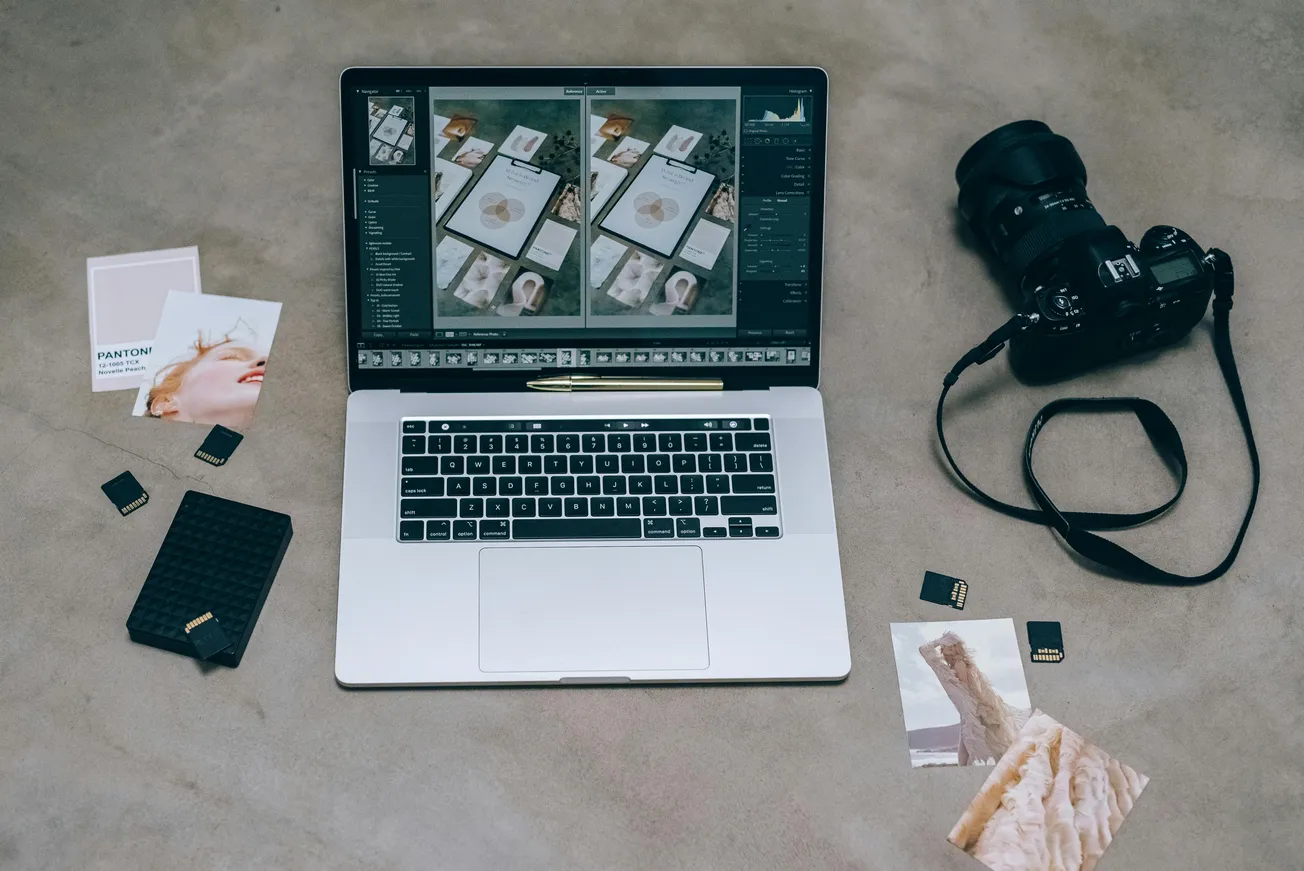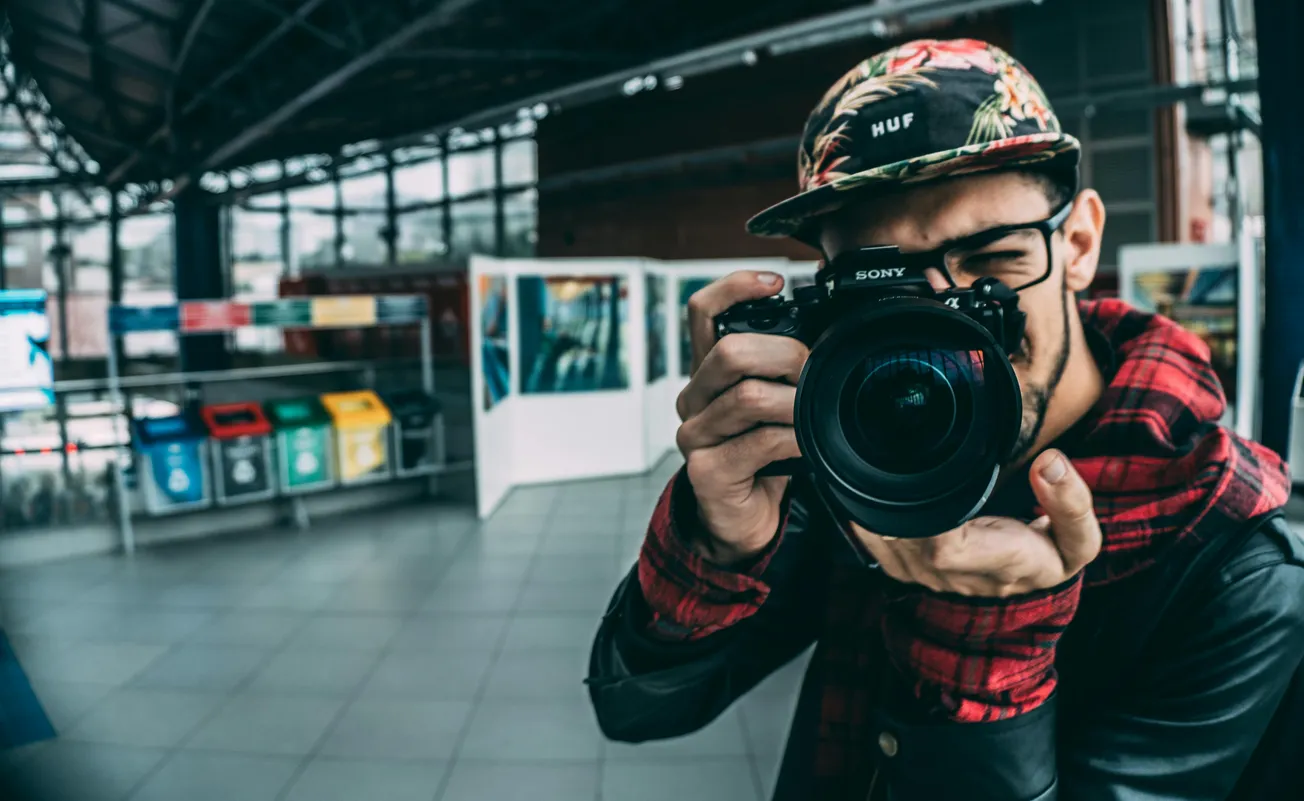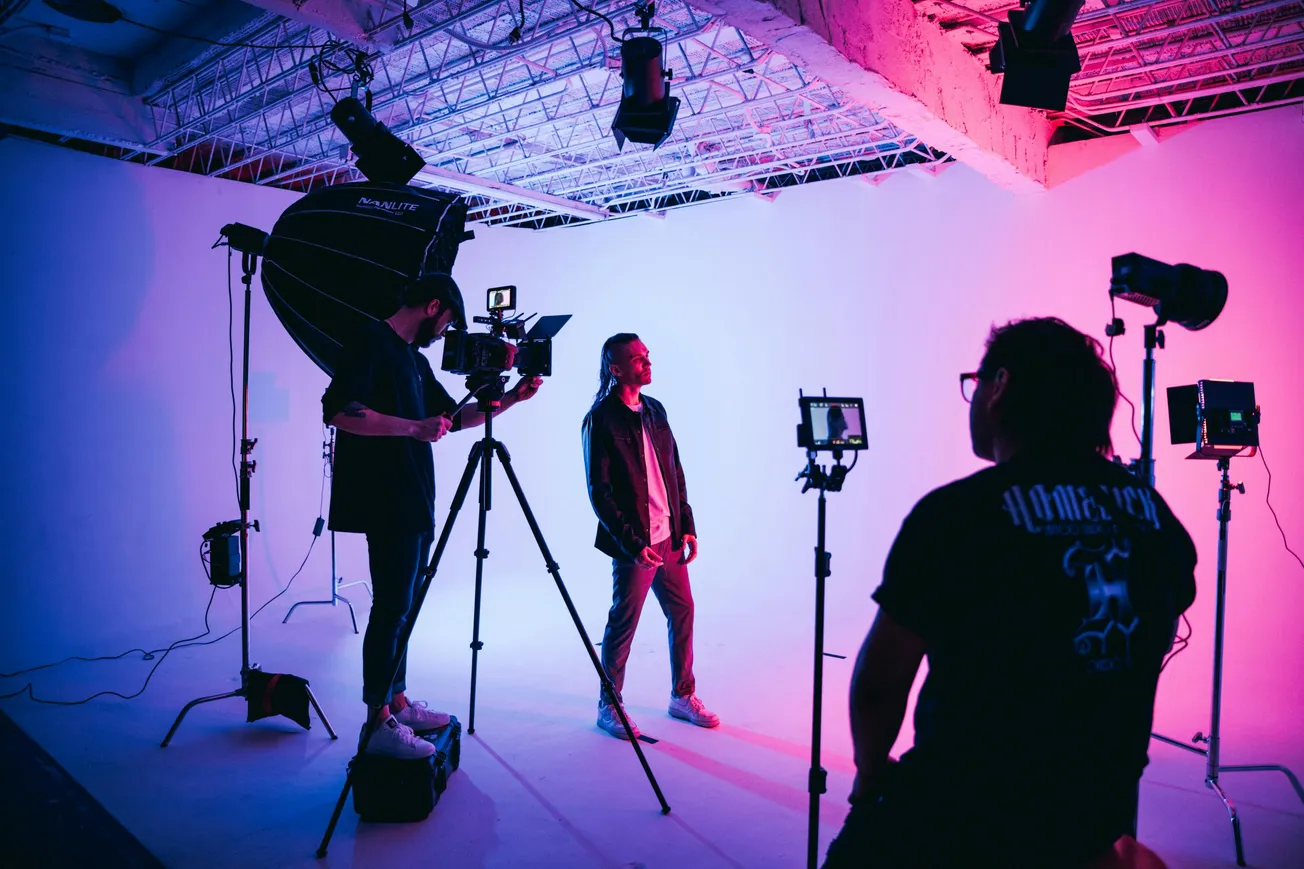Photographers and photo editors are increasingly working in a content‐creation ecosystem where their images must function across multiple channels — social, web, print, even immersive formats. According to a recent multimedia content‑creation guide, understanding the audience and channel requirements is key.
Here’s how to optimise your photography workflow:
- Shoot for versatility. Capture RAW files, maintain edit flexibility, and consider multiple crops/aspects (square, vertical, horizontal) for social media repurposing.
- Be channel‑aware. A photo used on Instagram Stories may benefit from bolder colours, tight crop, and minimal text overlays, while a magazine print spread demands high resolution, wide colour gamut, and different composition.
- Editing workflow matters. Develop a consistent LUT or preset for your style to maintain brand consistency. In your post‑edit, ensure image filenames, metadata (keywords, copyright), and export formats align with distribution needs.
- Deliver value through story. Great photography isn’t just about pixels—it’s about narrative, mood, context. Make sure each image invites viewer curiosity or emotional connection.
- Keep accessibility in mind. For images that will appear online, add alt‑text descriptions and ensure contrast/legibility, especially if overlaid with text.
For editors: manage your library with clear folders, keyword tags, and backup strategy. Synchronise edits across devices/clips if working mobile & desktop. Stay updated on formats (HEIF, WebP) and web‑optimised delivery.
In the hybrid creator world, photographers who adopt a multi‑channel mindset and editing discipline will be better positioned to meet client demands and platform expectations.
Visual integrity, workflow efficiency, and cross‑channel adaptability form the winning trifecta.








